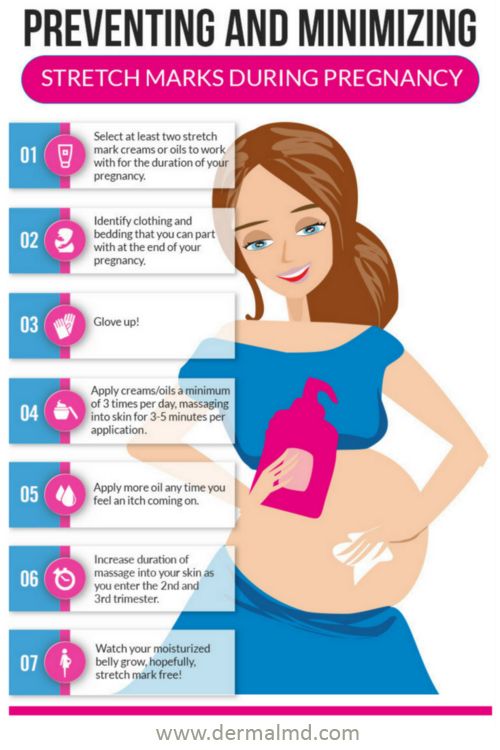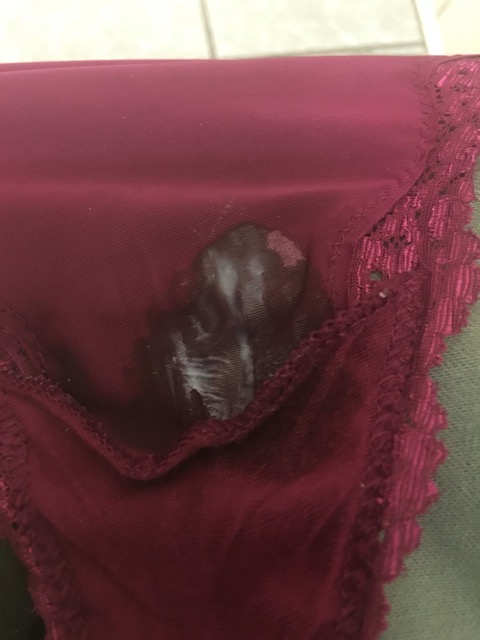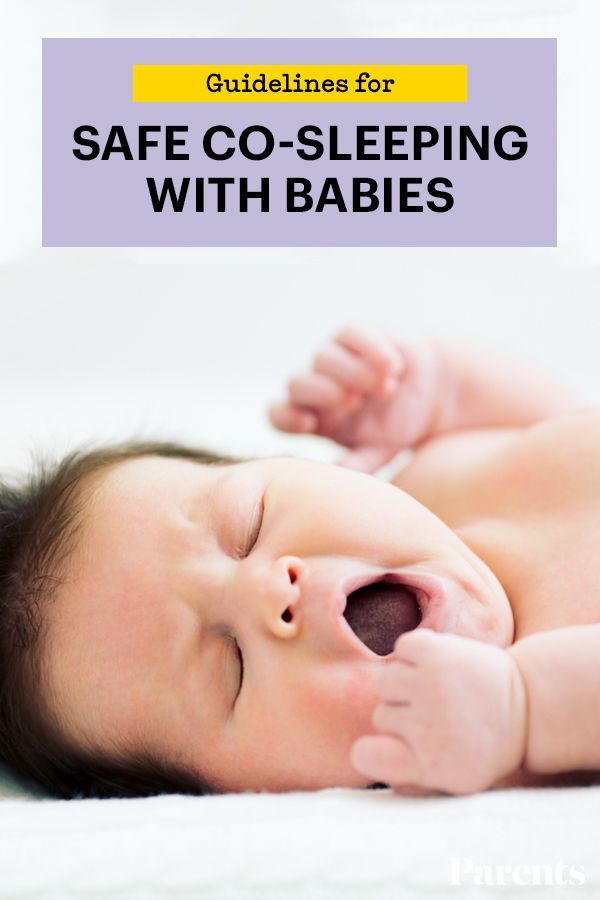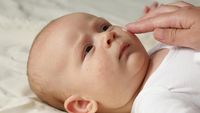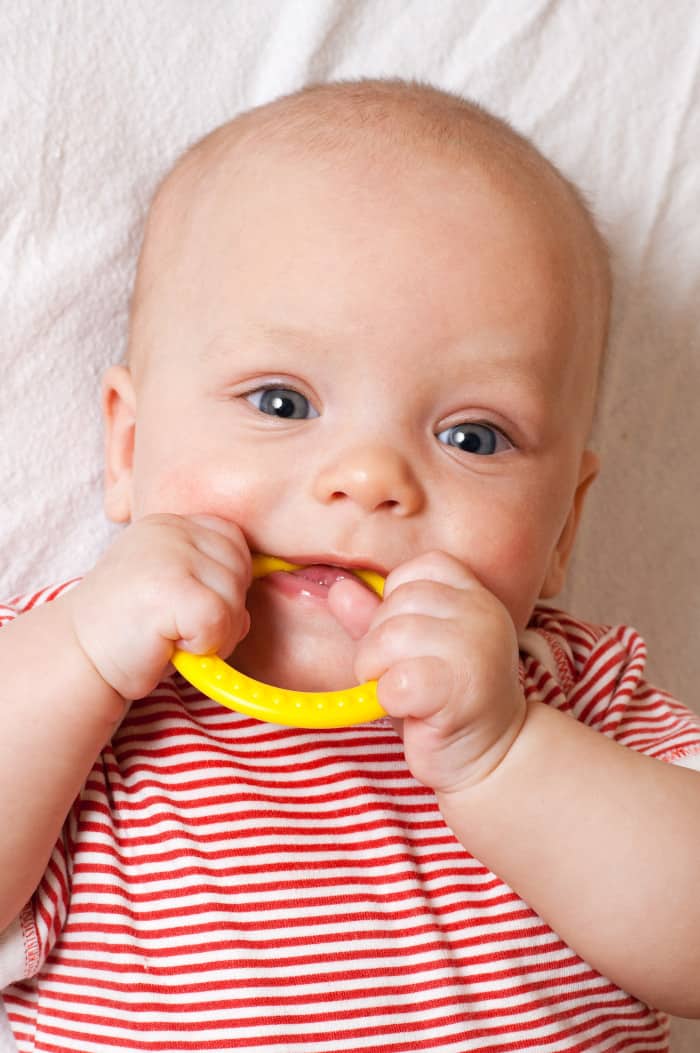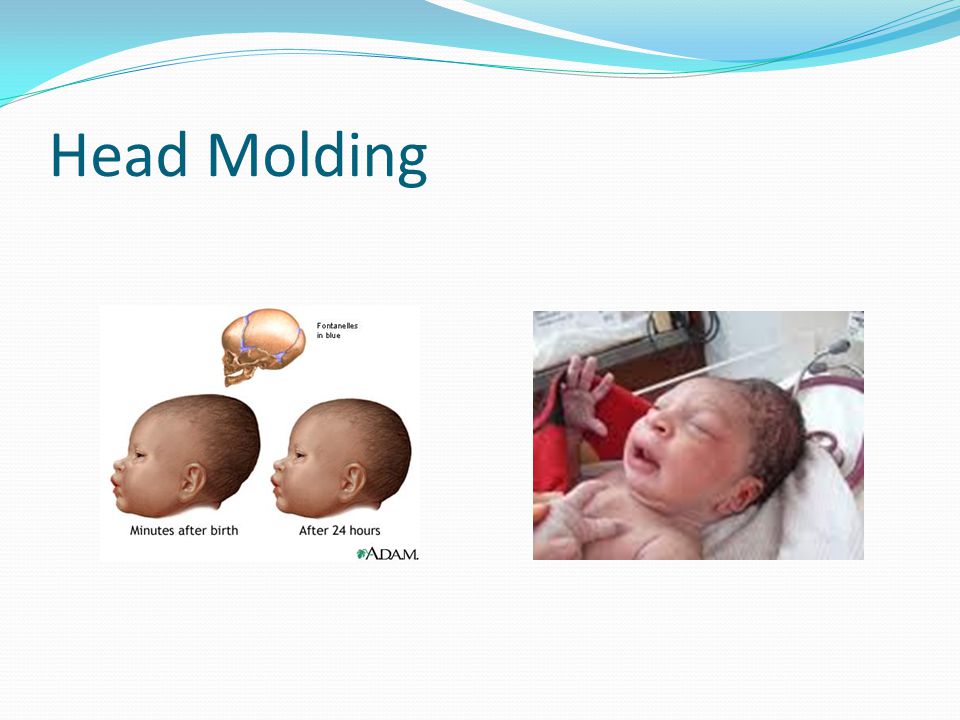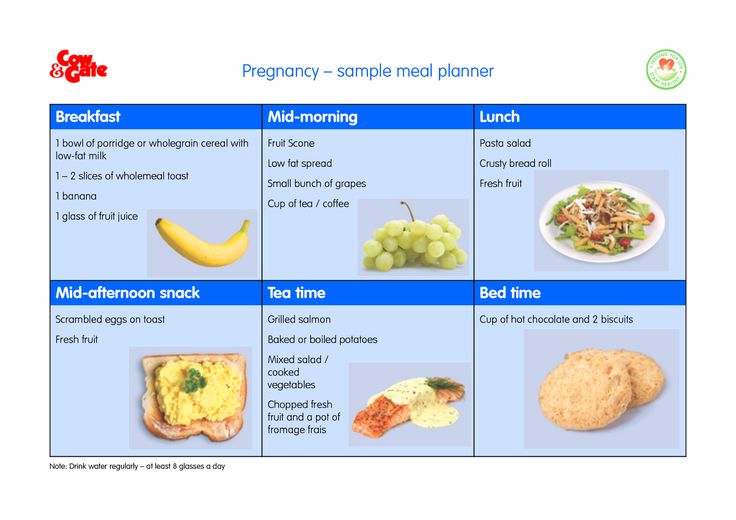End of 2nd trimester
What To Expect, Development & Tests
What is the second trimester of pregnancy?
The typical pregnancy lasts about 40 weeks. It’s divided into three periods of time — the first, second and third trimester. Each trimester is roughly 14 weeks long. When you enter your second trimester, you are around 14 weeks pregnant. This middle trimester will last from week 14 to the end of week 27.
During your second trimester of pregnancy, you’ll start looking and feeling more pregnant. For many people, this is the best part of pregnancy because the morning sickness and fatigue of their first trimester fade into the past. Often, any anxiety that went with your first trimester also starts to diminish at this point. You’ll start to feel your fetus move by the end of this trimester, and you might begin to settle into your pregnancy and enjoy it more. Of course, it’s important to remember that pregnancy is different for everyone. Some people never experience negative symptoms like morning sickness in their first trimester. Others might continue to feel sick well into their second trimester of pregnancy.
How does my baby develop during the second trimester of pregnancy?
Your fetus will go through many changes during your second trimester of pregnancy. During this trimester, the fetus starts to look more like a child — with its facial features aligning, and its fingers and toes becoming well-defined. By month four, the fetus will actually have eyelids, eyebrows, eyelashes, nails and hair. The fetus will also be able to stretch, make faces and even suck on its thumb. You’ll soon be able to determine the sex of the fetus on an ultrasound — often around 20 weeks.
At this point, you might also start feeling the fetus move. The movement is often described as a flutter or similar to the feeling of having butterflies in your stomach. The fetus will be doing flips and movements throughout your second trimester. This first movement is called the quickening. If this isn’t your first pregnancy, you might feel the fetus move sooner.
In the last few weeks of the second trimester, the fetus can also hear you. If you talk to your growing belly, you might notice movement in response.
If your baby was born at the end of your second trimester (premature birth), they would be likely to survive with intensive care.
What happens to my body during the second trimester of pregnancy?
The fetus isn’t the only one growing and changing during your second trimester. You'll notice several changes in your own body during this time. Your uterus — the place where the fetus grows during pregnancy — continues to stretch. This organ will expand throughout your pregnancy as the fetus gets larger. After pregnancy, your uterus will return to its pre-pregnancy size (picture an upside-down pear).
However, your uterus isn’t the only thing growing during the second trimester either. You’ll start gaining weight and might start developing the tell-tale enlarged belly of a pregnant person. Don’t worry if this takes time to develop. Everyone is different, and no two bodies will look exactly the same during pregnancy.
Everyone is different, and no two bodies will look exactly the same during pregnancy.
You might also feel or develop a few new symptoms of pregnancy during your second trimester, including:
- An increased appetite.
- An achy body.
- Some swelling in your hands, feet and ankles.
- Some stretch marks.
If you experienced morning sickness during your first trimester, it’s likely fading away now. The uncomfortable symptoms of early pregnancy (nausea and extreme fatigue, for example) don’t typically continue into your second trimester. This is one reason why many people consider their second trimester of pregnancy to be the best part of pregnancy.
What tests will I have during the second trimester of pregnancy?
Throughout your pregnancy, your healthcare provider will order various tests to check on your health and the health of your developing fetus. During your second trimester, you’ll typically be screened for a few different things, including the Rh factor of your blood and the condition gestational diabetes. You'll also have an ultrasound during your second trimester. This ultrasound is probably best known for telling new parents the sex of the fetus, but it’s mainly used to look at their anatomy.
You'll also have an ultrasound during your second trimester. This ultrasound is probably best known for telling new parents the sex of the fetus, but it’s mainly used to look at their anatomy.
One thing your provider will test for during your second trimester is your Rh factor. Rh factor is an antigen protein found on most people’s red blood cells. If you don’t have the protein, then you are Rh- (negative). You’ll be given an injection of Rh immune globulin (called Rhogam®) during the 28th week of your pregnancy to prevent the development of antibodies that could be harmful to the fetus. You’ll also be given an injection of Rhogam® after delivery if your fetus has Rh+ (positive) blood.
If you are Rh-, you may also receive this injection if you:
- Are having an invasive procedure (such as amniocentesis).
- Had an abdominal trauma.
- Had any significant bleeding during pregnancy.
- Need to have the fetus turned in your uterus (due to breech presentation).

Your provider will also order a test called the oral glucose screening test. This is usually done at the end of your second trimester — often between weeks 24 and 28. The purpose of the glucose screening test is to see if you are developing gestational diabetes. During the test, you’ll be given a syrup-like drink. The healthcare provider administering this test will give you a set amount of time to drink the entire bottle, then you'll be asked to wait nearby for one hour. After the hour is over, you’ll have your blood drawn. Your healthcare provider will then go over your test results with you.
What do I need to prepare or plan for during the second trimester of pregnancy?
There are many things you can start thinking about during your second trimester of pregnancy to prepare for your new family member. Many of these things will center around conversations that you should start having at this point in your pregnancy. It’s good to discuss the type of birth you hope to have and learn about the different ways your child might be born.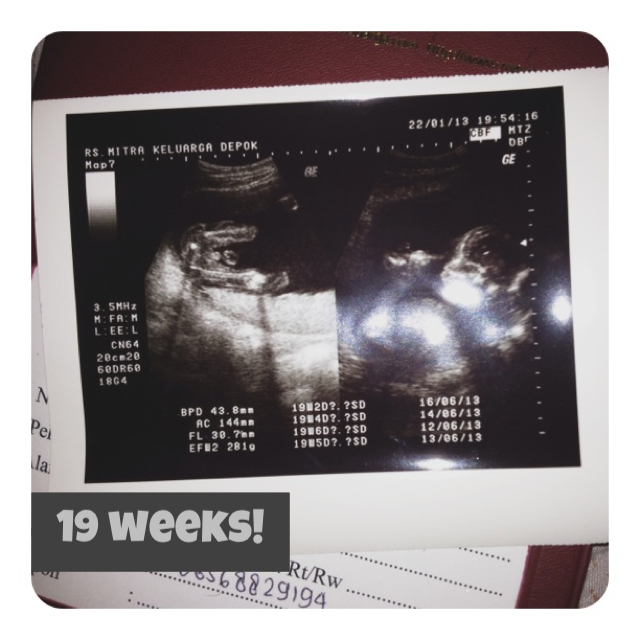
A few ways your baby could be born can include:
- Vaginal birth (this could be medicated so that your pain is decreased, or unmedicated).
- Assisted birth (you might need tools like forceps or a vacuum to help with your delivery).
- Cesarean section (C-section).
You can learn more about these types of birth through your own research or in a birth class. This is the time for you to look into educational classes about birth, breastfeeding and parenting of your newborn. These classes can help prepare you for your new role as a parent. Ask your healthcare provider for more information on classes and groups you can join at this point in your pregnancy.
This might also be a good time to take a tour of the hospital where you’ll give birth. A hospital tour is a great way to get familiar with the place where your baby will be born. During the tour, you’ll learn where you should go when you first get to the hospital during labor and what will happen afterward. You’ll typically get to see hospital rooms and learn more about the hospital staff, as well.
You’ll typically get to see hospital rooms and learn more about the hospital staff, as well.
What should I be doing during the second trimester of pregnancy to stay healthy?
Throughout your second trimester, you should continue maintaining a healthy lifestyle. Try to exercise for about 20 minutes a day. Regular exercise is good for you and your developing fetus. Some of the safest types of exercise include walking and swimming; though, there are many other options you can try. Talk to your healthcare provider about the type of exercise you'd like to do beforehand just to be safe. You’ll want to avoid contact sports and activities where you could fall, as these could endanger your pregnancy.
It’s also a good idea to do kegel exercises throughout your entire pregnancy. These exercises will help strengthen your pelvic floor muscles.
Apart from exercise, you should continue eating a healthy diet, taking your prenatal vitamins and attending each of your appointments.
When should I call my doctor during the second trimester of pregnancy?
You’re the person who knows your body the best. If you ever feel like something is wrong, it’s completely OK to reach out to your healthcare provider. It’s also a good idea to call your healthcare provider right away if you have:
- Unusual or severe cramping or abdominal pain.
- Noticeable changes in how much the fetus moves (after 28 weeks of gestation). If you don’t count six to 10 movements in one hour or less, call your provider.
- Difficulty breathing or shortness of breath that seems to be getting worse over time.
You should also reach out to your provider right away if you start having any signs of premature labor. Talk with your provider if you have any of the following signs of premature labor:
- Regular tightening or pain in your lower abdomen or back that occurs more than four times in an hour.
- Any bleeding in your second or third trimester of pregnancy.

- Any fluid leakage. Vaginal discharge often increases as part of the hormonal changes in pregnancy.
- Pressure in your pelvis or vagina.
The Second Trimester | Johns Hopkins Medicine
What You Need to Know
- During your second trimester prenatal visits, your health care provider will continue to check on your and your baby’s health, including monitoring the fetal heartbeat.
- The second trimester is the most physically enjoyable for most women. Morning sickness usually lessens by this time, and the extreme tiredness and breast tenderness usually ease up.
- Your fetus has now developed all its organs and systems and will now begin to grow in length and weight.
- You may be able to feel the movement of the fetus for the first time at around 20 weeks.
 This phenomenon is called quickening.
This phenomenon is called quickening. - A fetus born at the end of 24 weeks may survive in a neonatal intensive care unit.
Prenatal Visits During the Second Trimester
During your second and third trimester prenatal visits, your health care provider may check the following, depending on your current medical condition and the health of the fetus:
-
Any current symptoms or discomforts
-
Your weight
-
Your blood pressure
-
Urine test. This is done to find albumin, a protein that may indicate pre-eclampsia or toxemia, and glucose (which may indicate hyperglycemia).
-
Growth, size and development of the fetus
-
Size of the uterus. After approximately 12 weeks of gestation, the uterus can be felt through the abdominal wall.
-
Height of the fundus (top of the uterus), starting at 20 weeks of gestation
-
Fetal heartbeat
The Second Trimester: What to Expect
The second trimester marks a turning point for the mother and fetus.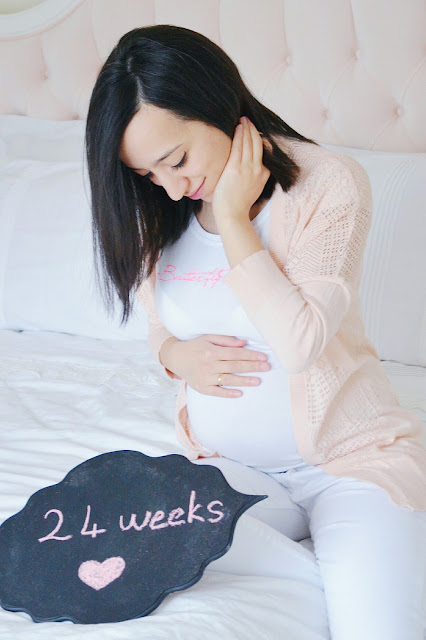 You will usually begin to feel better and start showing the pregnancy more. Your fetus has now developed all its organs and systems and will now begin growing in length and weight.
You will usually begin to feel better and start showing the pregnancy more. Your fetus has now developed all its organs and systems and will now begin growing in length and weight.
During the second trimester, the umbilical cord continues to thicken as it carries nourishment to the fetus. However, harmful substances also pass through the umbilical cord to the fetus, so care should be taken to avoid alcohol, tobacco and other known hazards.
During the second trimester, both your body and the fetus continue to grow.
Johns Hopkins Hospital Designated as Baby-Friendly
The Baby-Friendly Hospital Initiative, a global program launched by the World Health Organization and the United Nations Children’s Fund, has designated The Johns Hopkins Hospital as Baby-Friendly. This designation is given to hospitals and birthing centers that offer an optimal level of care for infant feeding and mother-baby bonding.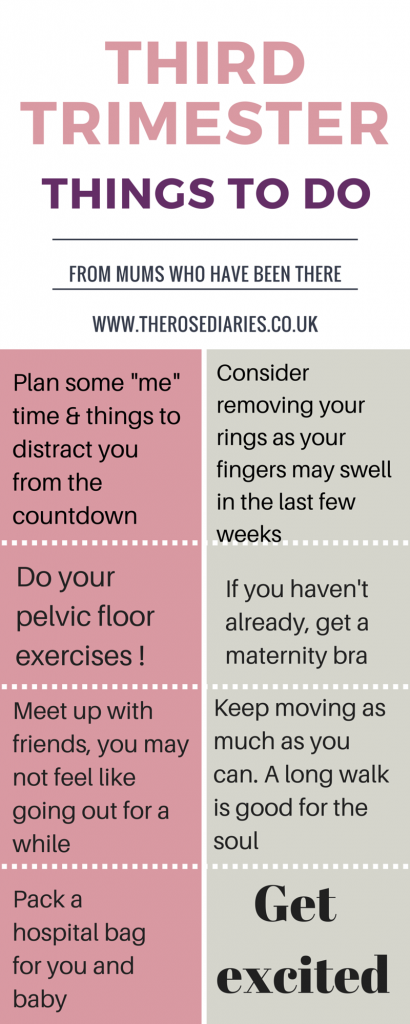
Learn more
The Second Trimester: Changes to Your Body
The second trimester is the most physically enjoyable for most women. Morning sickness usually lessens by this time, and the extreme tiredness and breast tenderness usually ease up. These changes can be attributed to a decrease in levels of human chorionic gonadotropin hormone and an adjustment to the levels of estrogen and progesterone hormones.
The following is a list of changes and symptoms that may happen during the second trimester:
-
Appetite may increase.
-
You may be able to feel the movement of the fetus for the first time around 20 weeks. This phenomenon is called quickening.
-
The uterus grows to the height of the bellybutton around 20 weeks, making the pregnancy visible.
-
The skin on the belly may itch as it grows, and there may be pain down the sides of the body as the uterus stretches.
 The lower stomach may ache as ligaments stretch to support the uterus.
The lower stomach may ache as ligaments stretch to support the uterus. -
The need to urinate often may decrease as the uterus grows out of the pelvic cavity, relieving pressure on the bladder.
-
Your nose may become congested, and you may experience nosebleeds. This is due to the increase in hormones (estrogen and progesterone) and blood flow that affect the mucous membranes and blood vessels in the nose.
-
Your gums become spongier and may bleed easily. This is due to the increase in hormones (estrogen and progesterone) that affect the mucous membranes in the mouth.
-
Varicose veins and hemorrhoids may appear.
-
You may have a white-colored vaginal discharge called leukorrhea. (A colored or bloody discharge may signal possible complications and should be examined immediately.)
-
The increasing weight gain may cause backaches.

-
Skin pigmentation may change on the face or abdomen due to the pregnancy hormones.
-
Heart burn, indigestion and constipation may continue.
The Second Trimester: Fetal Development
Now that all the major organs and systems have formed in the fetus, the following six months will be spent growing. The weight of your fetus will multiply more than seven times over the next few months, as the fetus becomes a baby that can survive outside of the uterus.
By the end of the second trimester, your fetus will be about 13 to 16 inches long and weigh about 2 to 3 pounds. Fetal development during the second trimester includes the following:
-
The fetus kicks, moves and can turn from side to side.
-
The eyes have been gradually moving to the front of the face, and the ears have moved from the neck to the sides of the head. The fetus can hear your voice.
-
A creamy white substance (called vernix caseosa, or simply vernix) begins to appear on the fetus and helps to protect the thin fetal skin.
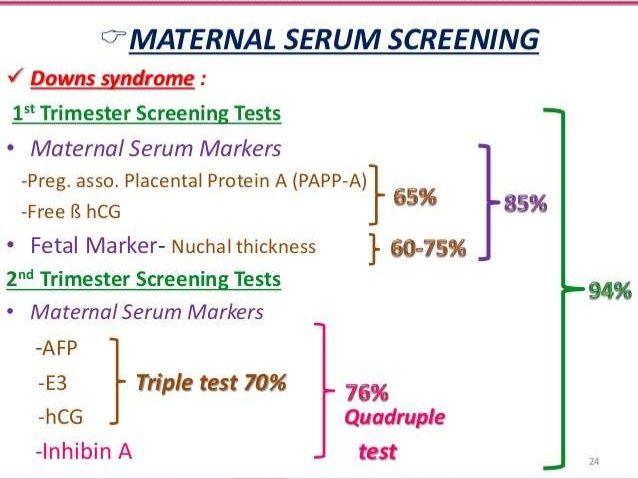 Vernix is gradually absorbed by the skin, but some may be seen on babies even after birth.
Vernix is gradually absorbed by the skin, but some may be seen on babies even after birth. -
The fetus is developing reflexes, like swallowing and sucking.
-
The fetus can respond to certain stimuli.
-
The placenta is fully developed.
-
The brain will undergo its most important period of growth from the fifth month on.
-
Fingernails have grown on the tips of the fingers and toes, and the fingers and toes are fully separated.
-
The fetus goes through cycles of sleep and wakefulness.
-
Skin is wrinkly and red, covered with soft, downy hair (called lanugo).
-
Hair is growing on the head of the fetus.
-
Fat begins to accumulate in the fetus.
-
Eyelids are beginning to open, and the eyebrows and eyelashes are visible.

-
Fingerprints and toeprints have formed.
-
Rapid growth is continuing in fetal size and weight.
-
The 20th week marks the halfway point of the pregnancy.
A fetus born at the end of 24 weeks may survive in a neonatal intensive care unit.
Second trimester of pregnancy (from 13 to 28 weeks)
The beginning of the second trimester is traditionally considered one of the calmest. Walk more. Walking is very helpful. Sit down to rest only when you are tired. Movement in the fresh air improves the supply of oxygen to the fetus, which is very necessary for its normal development.
Nausea disappears, appetite improves. Do not eat a lot of salty, refuse marinades, smoked meats, if you have not done this before. The increased need of the child's body for proteins and vitamins begins. The daily diet should include meat or fish (boiled or stewed), dairy products, especially cottage cheese, eggs. Do not forget about vegetables, fruits, greens. An excellent source of vitamin C is sauerkraut (rather than salted) cabbage. Salads from carrots, cabbage, beets, apples, green radish should be on your table every day.
Do not forget about vegetables, fruits, greens. An excellent source of vitamin C is sauerkraut (rather than salted) cabbage. Salads from carrots, cabbage, beets, apples, green radish should be on your table every day.
At 17-20 weeks you will feel your baby's first kicks. From them you can determine how comfortable the baby feels. Intense tremors are a signal of lack of oxygen. Maybe you haven’t walked for a long time or, on the contrary, you are engaged in hard physical labor. Get out into the fresh air or lie down to rest and you will immediately feel how the child has calmed down.
But the lack of movement is an alarm. See a doctor immediately!
The fetal need for calcium sharply increases - intensive growth of the skeleton has begun. If you don't have enough free calcium in your body right now, you could lose your teeth. To prevent this from happening, start taking calcium supplements in consultation with your doctor.
At this time, toxicosis of the second half of pregnancy may occur, the child suffers greatly from it. Therefore, if the doctor suggests hospitalization, do not refuse. Toxicosis can, if not be avoided, then at least reduce its manifestations. Be sure to follow your diet. Completely exclude salty, smoked, fried, spicy, canned food, chocolate. Do not eat a lot of grapes and drink fresh milk. Limit flour and rich products. As before, your diet should include boiled meat and fish, oatmeal and buckwheat porridge, vegetables and fruits
Therefore, if the doctor suggests hospitalization, do not refuse. Toxicosis can, if not be avoided, then at least reduce its manifestations. Be sure to follow your diet. Completely exclude salty, smoked, fried, spicy, canned food, chocolate. Do not eat a lot of grapes and drink fresh milk. Limit flour and rich products. As before, your diet should include boiled meat and fish, oatmeal and buckwheat porridge, vegetables and fruits
Periodically, once a week, check for fluid retention in the body. It is allowed to release liquid 200-300 ml less than what was drunk. If little urine is released, this is a signal of latent edema and the onset of toxicosis.
It is very good if you can measure your blood pressure at home. Show the results of measurements at the next visit to the doctor. Both high and too low pressure should alert. With low pressure, blood sluggishly crosses the placenta, and the baby does not receive enough nutrients.
Do not neglect blood tests - it is important not to miss the development of anemia. In this case, you will be prescribed iron supplements and multivitamins. The diet should include beef liver, tomato juice, buckwheat porridge, apples, preferably Antonovskie (they contain more iron than other varieties).
In this case, you will be prescribed iron supplements and multivitamins. The diet should include beef liver, tomato juice, buckwheat porridge, apples, preferably Antonovskie (they contain more iron than other varieties).
Women who are at risk of giving birth to a child with a genetic pathology (those who have severe hereditary ailments in their families), as well as women over 35 years old (they have an increased likelihood of having a child with Down syndrome) are referred for a consultation by a geneticist.
In case of a normal pregnancy at 20-22 weeks of pregnancy, a second scheduled ultrasound examination is prescribed.
Trimesters at school 2021-2021: how many, when do they end?
Any of the school institutions chooses independently according to which system of education to build the educational process: in the format of quarters or in the format of trimesters.
How training is structured by trimesters
In the academic year, the entire academic load is divided evenly into three trimesters of three months. Each trimester is additionally divided into 2 parts, between which the students have intermediate holidays (thus, the study load is distributed evenly over the entire period of study).
Each trimester is additionally divided into 2 parts, between which the students have intermediate holidays (thus, the study load is distributed evenly over the entire period of study).
Intermediate certification takes place at the end of November, February, May. At the end of the academic year, annual grades are given. For example, the first part of the second trimester ends with a week-long vacation. After them, students continue their education, begin to write test and test papers for certification by the end of the second part of the second trimester. When the second trimester at school ends (in mid-February), students are graded and released again for the holidays.
Every year, six months before the start of the school year, the Ministry of Education adjusts the start and end dates of trimesters, prescribes on what date the trimester ends at school for the first and second semesters. Guidance is given regarding the definition of holidays in schools. The vacation start date can be changed by schools, but educational institutions should take into account the following recommendations of the Ministry of Education:
- The vacation start date recommended by the Ministry cannot be shifted for more than two weeks;
- holidays must start on Monday;
- the total number of days of rest cannot be less than 30 (summer holidays are not included in this figure).

In the first half of the year, the training modules are divided into five weeks, and in the second - six weeks.
When the school trimesters start and end in the 2020-2020 academic year
Study schedule for the first trimester of the 2020-2020 academic year (for six days).
| First half | 09/02/2019 – 10/05/2019 (interim holidays from 7 to 13 October) |
| Second half | 10/14/2019 – 11/16/2019 (autumn holidays from 18 to 24 November |
Student calendar for the first trimester 2020-2020 academic year
Study schedule for the second trimester 2020-2020 academic year (for six days).
| First half | 11/25/2019 – 12/28/2019 (interim holidays from December 30 to January 8) |
| Second half | 01/09/2020 - 02/15/2020 (winter holidays from February 17 to February 24) |
Student calendar for the second trimester of the 2020-2020 academic year
Study schedule for the third trimester of the 2020-2020 academic year (for six days).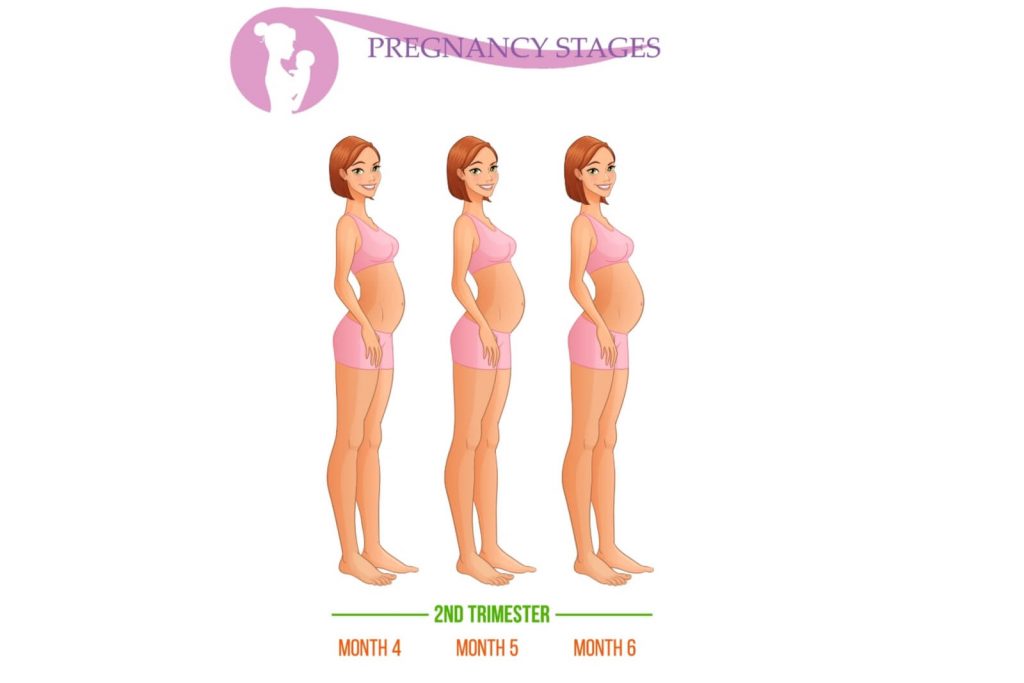
| First half | 02/25/2020 – 04/04/2020 (interim holidays from April 6 to April 12) |
| Second half | 04/13/2020 - 05/25/2020 (long-awaited summer holidays from June 26 to August 31) |
Student calendar for the third trimester of the 2020-2020 academic year
Basic questions on the trimester education system
| Question | Reply |
| How many trimesters are in the academic year at school | 3. |
| Who determines which system children will study at school | The educational institution itself decides on which system to conduct the educational process. |
| Which schools study by trimester | Those schools that have decided to switch to a trimester format of education. |
| Holiday duration under this system |
|
